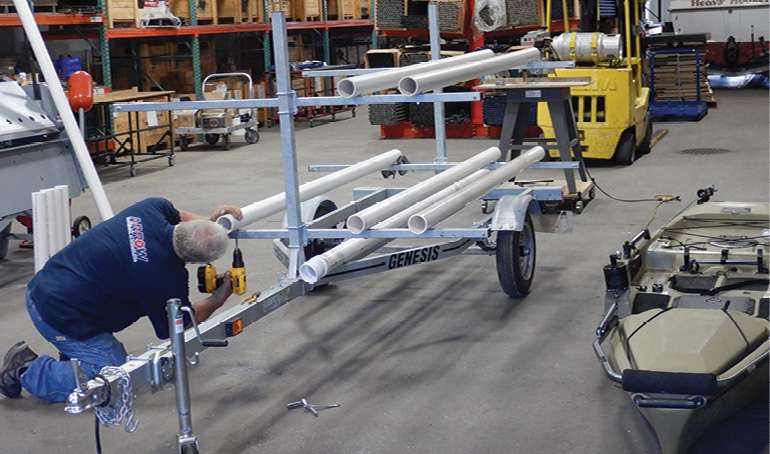
Determine how far apart the PVC needs to be so it supports much of the hull, but isnât so close together that the kayak atop becomes top-heavy and unstable.
Cut your PVC to leave just a couple inches of overhang.
All Captions: Dave Mull
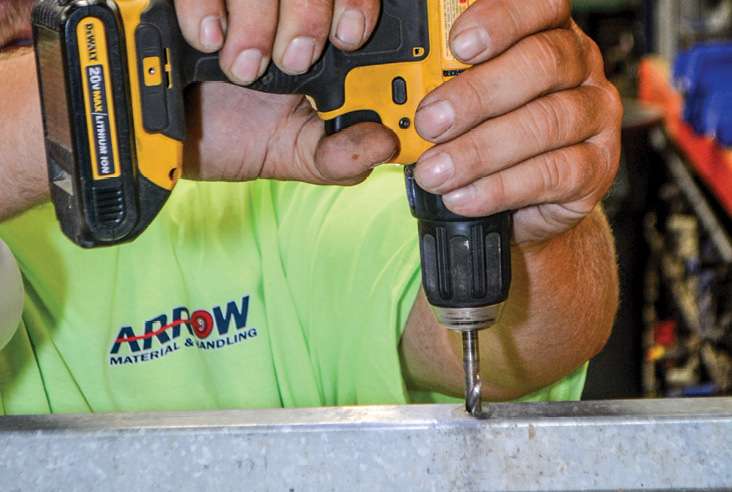
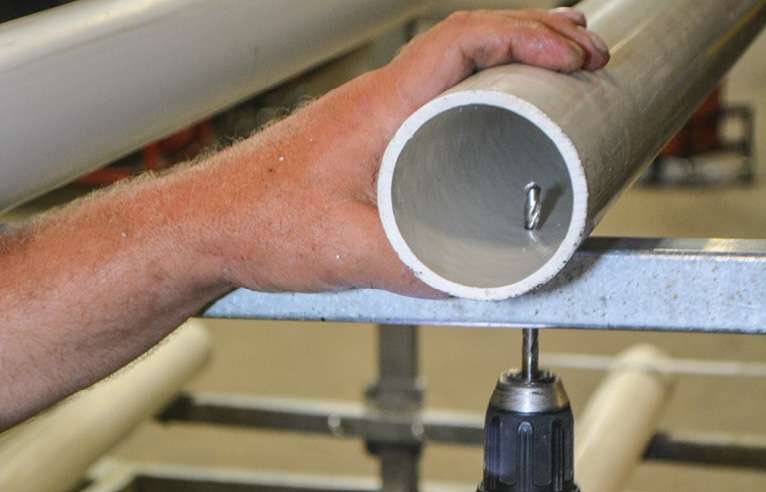
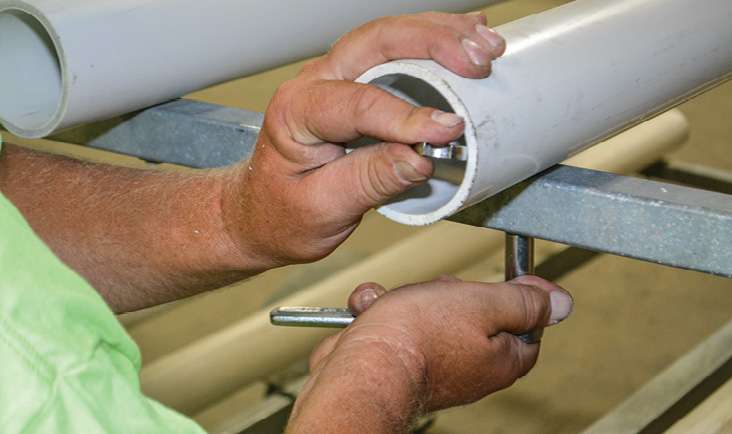
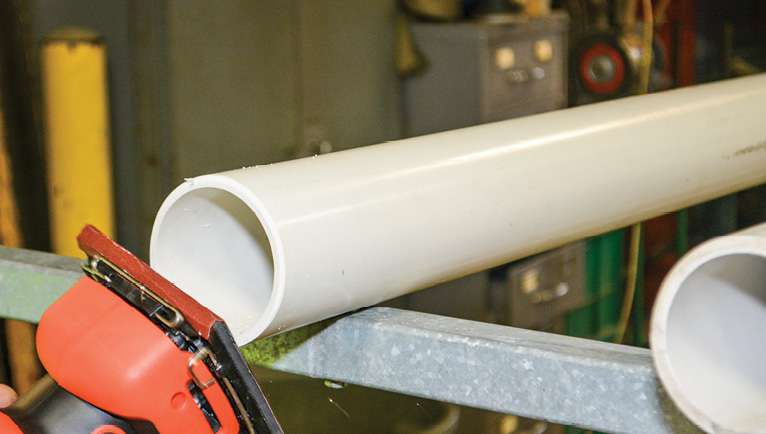

Please enter your details.
We cannot find an active B.A.S.S. Membership for the information you have provided. Please renew your membership here.We cannot find an active B.A.S.S. Membership for the information you have provided. Please try again.Scheduled maintenance. We'll be back shortly. If you continue to have trouble please contact customer service at 877-BASS-USA.

Determine how far apart the PVC needs to be so it supports much of the hull, but isnât so close together that the kayak atop becomes top-heavy and unstable.
Cut your PVC to leave just a couple inches of overhang.
All Captions: Dave Mull



